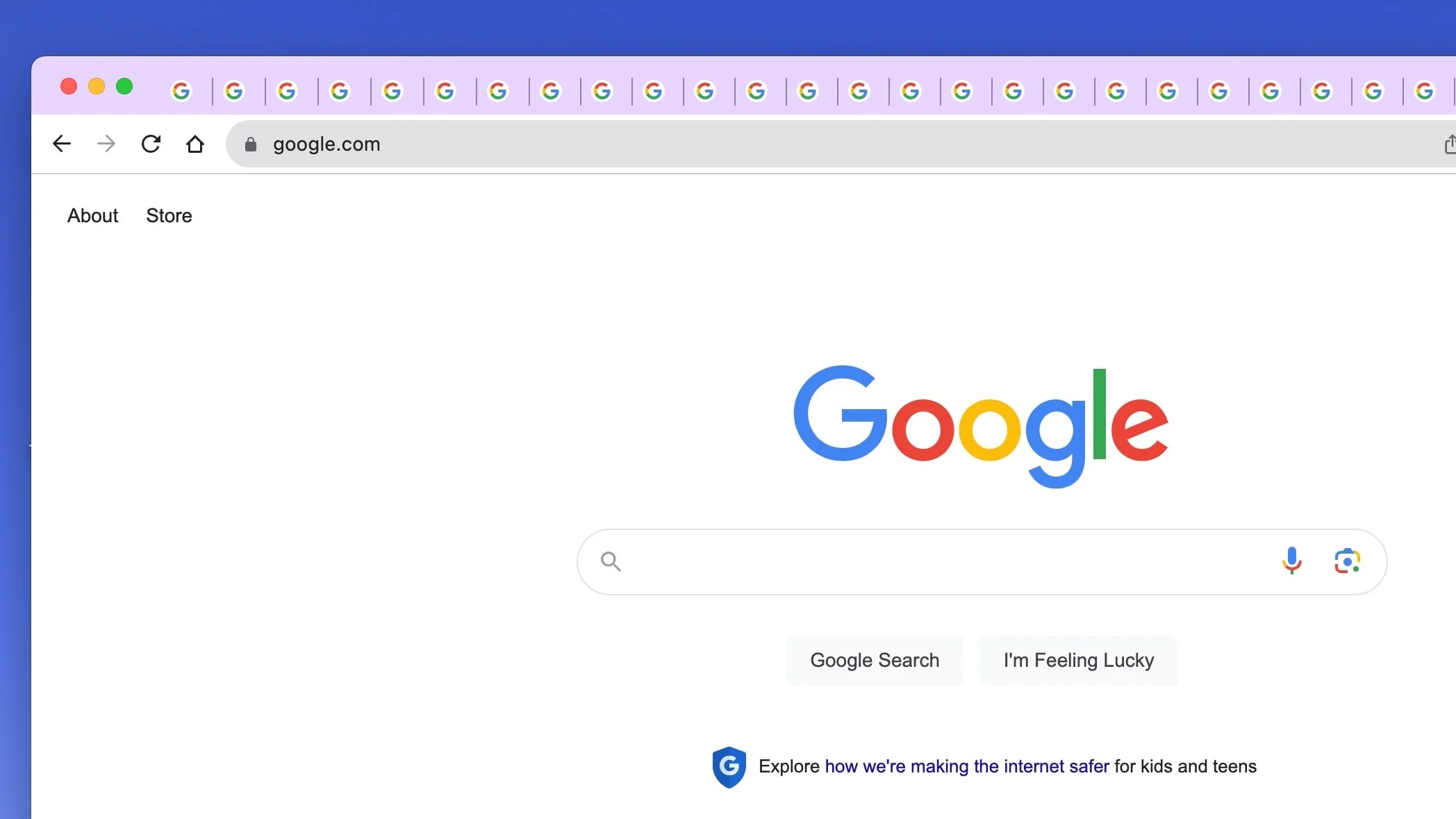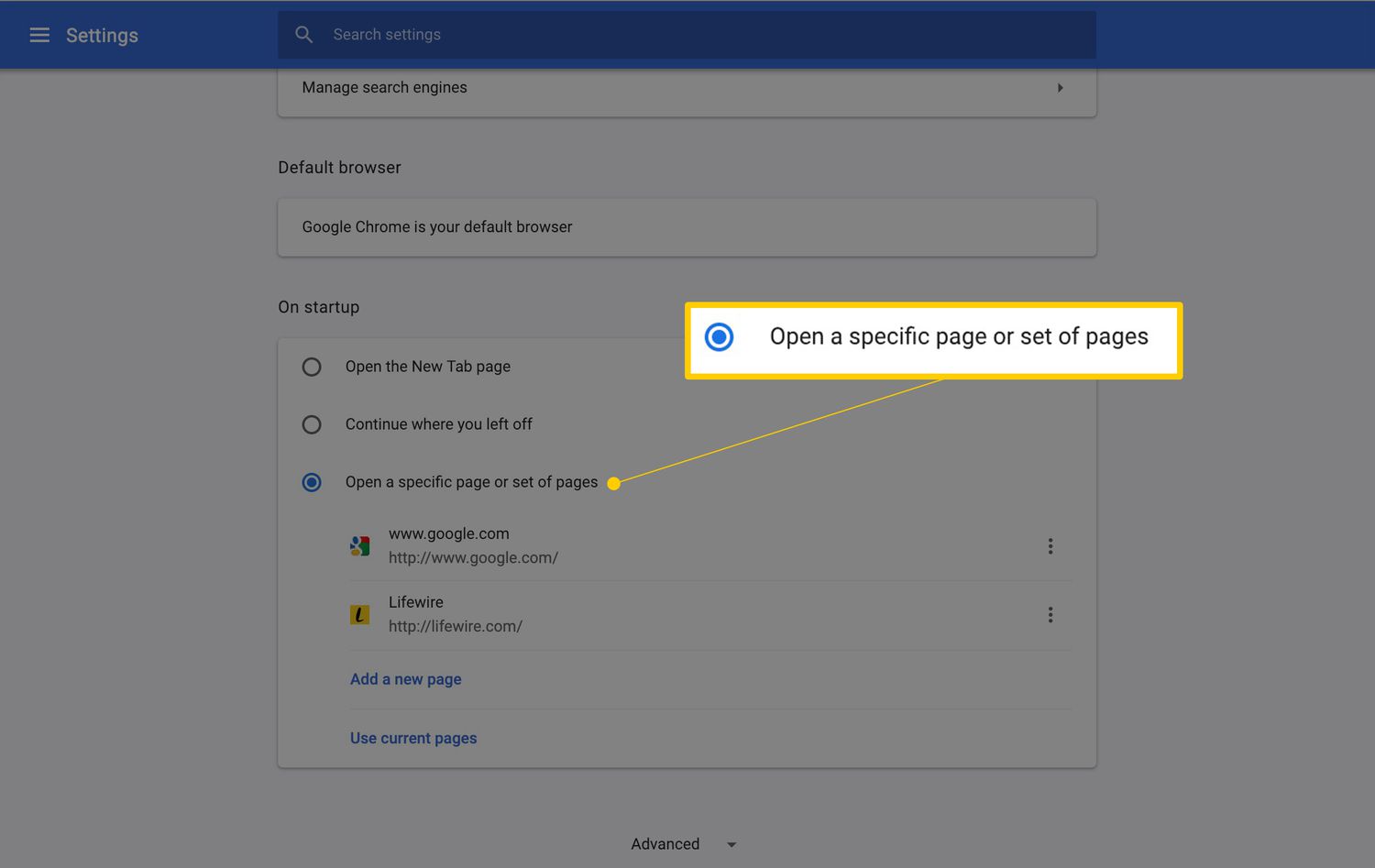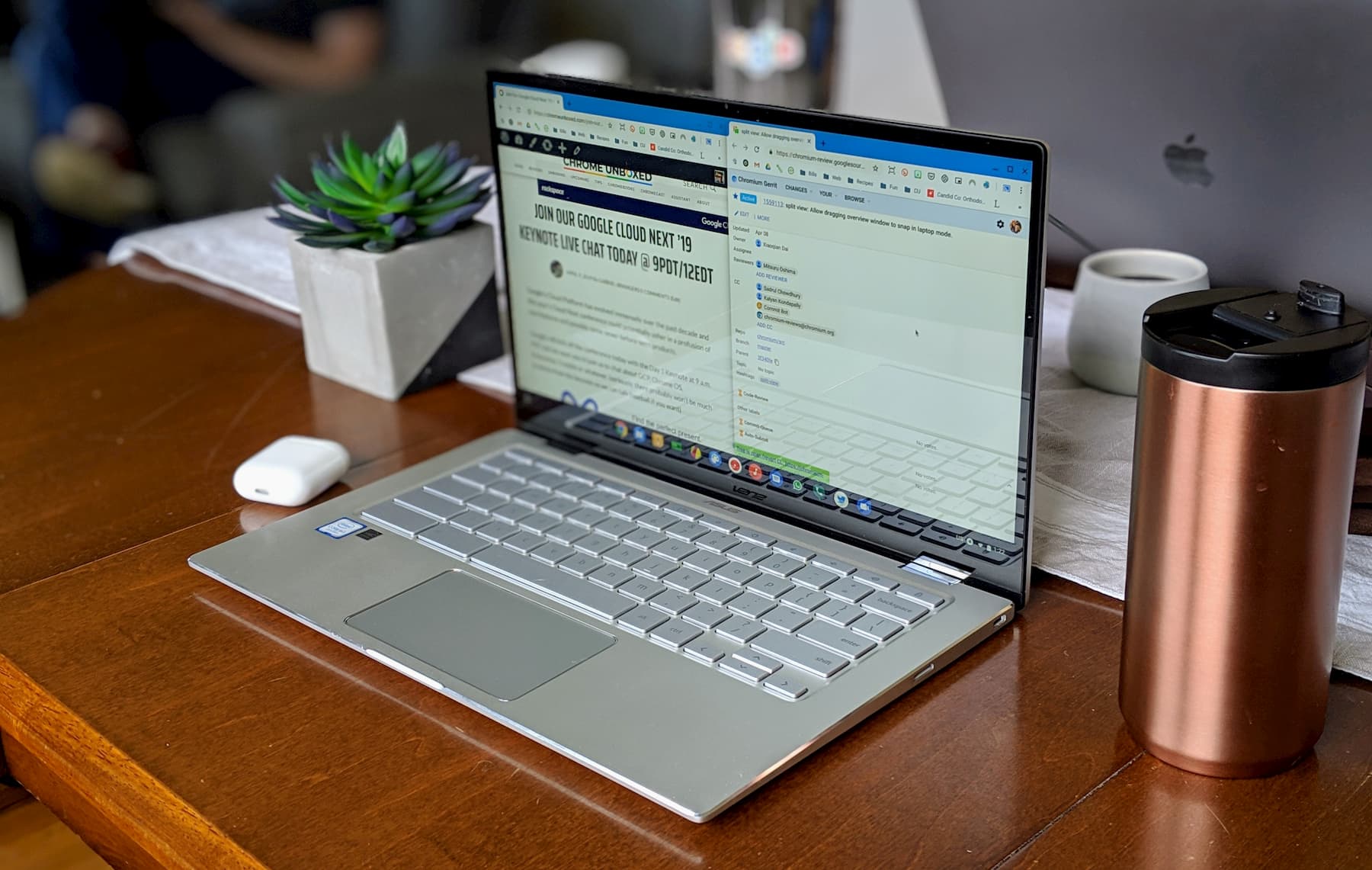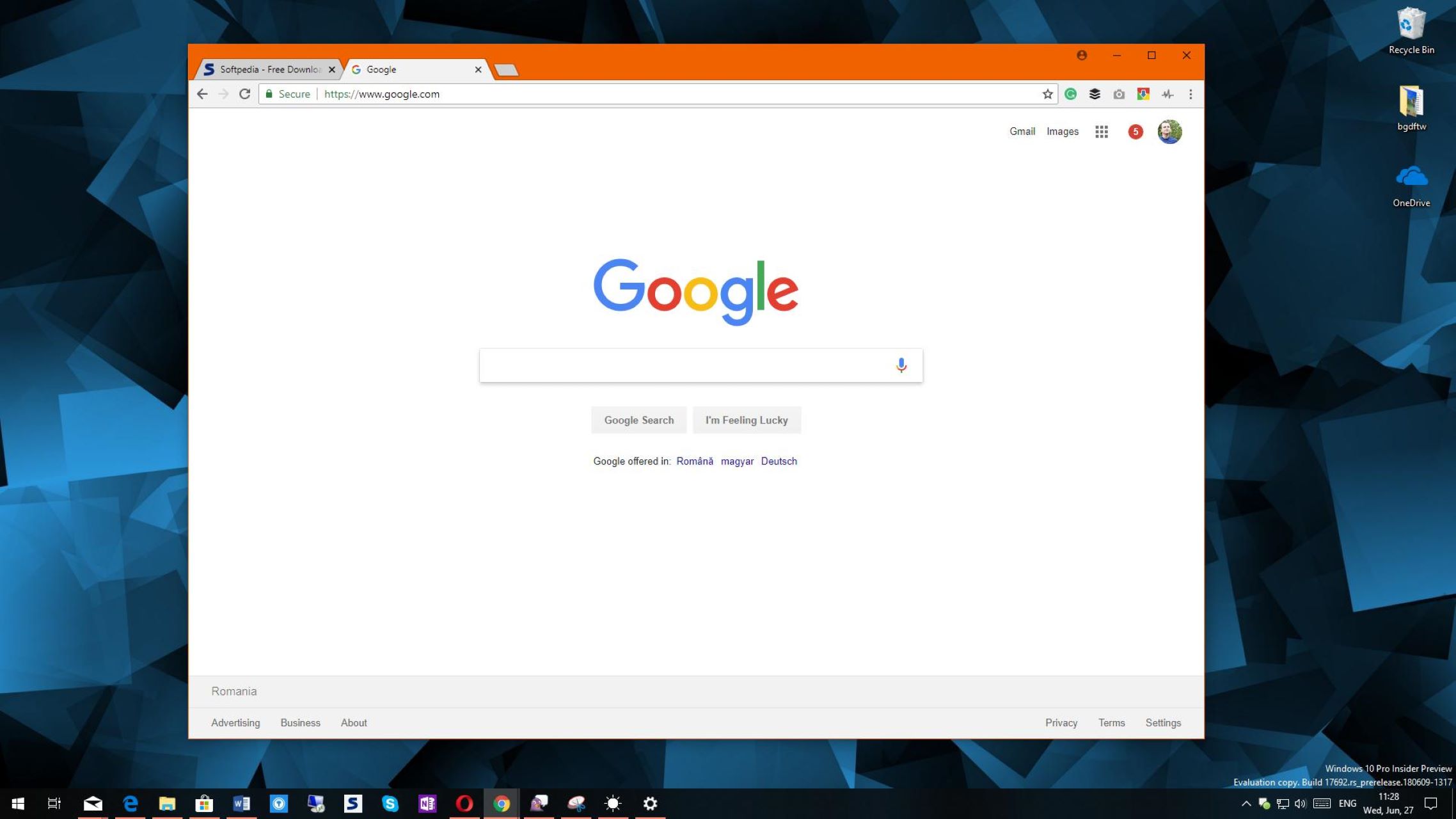Introduction
Google Chrome is a versatile and feature-rich web browser that offers a multitude of functionalities to enhance user experience and productivity. One such feature that can significantly streamline your browsing activities is the ability to combine multiple Chrome windows into a single cohesive interface. Whether you're juggling various tasks, conducting research, or simply aiming to declutter your workspace, knowing how to merge Chrome windows can be a game-changer.
In this article, we'll explore three effective methods for combining Google Chrome windows, each catering to different user preferences and workflow requirements. By mastering these techniques, you can seamlessly consolidate your browsing sessions, improve organization, and optimize your overall browsing efficiency.
So, if you've ever found yourself overwhelmed by a multitude of Chrome windows scattered across your desktop, fear not! With the following methods at your disposal, you'll be equipped to effortlessly merge and manage your Chrome windows like a pro. Whether you're a multitasking enthusiast, a research aficionado, or simply someone seeking a more streamlined browsing experience, these methods will empower you to take control of your Chrome windows and harness their full potential. Let's dive in and discover how you can leverage the power of Google Chrome to transform your browsing experience.
Method 1: Using the Window Merge Feature
Google Chrome's window merge feature provides a straightforward and efficient way to consolidate multiple open windows into a single cohesive interface. This method is particularly useful for users who prefer a seamless browsing experience without the clutter of multiple separate windows. By merging windows, you can declutter your desktop, streamline your workflow, and maintain a clear focus on your browsing activities.
To utilize the window merge feature in Google Chrome, follow these simple steps:
-
Open Multiple Chrome Windows: Begin by opening the individual Chrome windows that you wish to merge. Whether you have separate windows for work-related tasks, personal browsing, or research endeavors, ensure that all relevant windows are active and accessible.
-
Identify Target Window: Next, identify the primary window that will serve as the destination for merging. This window will act as the central hub for consolidating the contents of other open windows.
-
Drag and Drop: Click and hold the tab of the secondary window you want to merge, then drag it towards the tab bar of the target window. Upon reaching the target window's tab bar, release the mouse button to drop the tab into the target window. Repeat this process for each additional window you wish to merge.
-
Arrange Tabs (Optional): Once the tabs from multiple windows are merged into the target window, you may rearrange them as needed. Simply click and drag individual tabs within the tab bar to reorder them according to your preference.
-
Enjoy a Unified Browsing Experience: With the tabs from multiple windows now consolidated within a single Chrome window, you can seamlessly navigate between different tabs, access various webpages, and manage your browsing activities within a unified interface.
By leveraging the window merge feature, you can effectively streamline your browsing experience, reduce desktop clutter, and maintain a more organized workflow. Whether you're managing multiple projects, conducting research, or simply aiming for a more efficient browsing setup, mastering this method empowers you to harness the full potential of Google Chrome's window management capabilities.
Method 2: Using the Tab Group Feature
Google Chrome's Tab Group feature offers a dynamic and visually intuitive way to organize and manage multiple tabs within a single window. This method is particularly beneficial for users who prefer a systematic approach to categorizing and accessing their browsing content. By leveraging the Tab Group feature, you can effectively group related tabs, reduce clutter, and maintain a clear overview of your browsing activities.
To utilize the Tab Group feature in Google Chrome, follow these simple steps:
-
Open Multiple Tabs: Begin by opening the various tabs that you wish to organize into groups. Whether you're researching multiple topics, managing different projects, or simply navigating through a multitude of webpages, ensure that all relevant tabs are active and accessible within a single Chrome window.
-
Create a New Tab Group: Right-click on a tab and select "Add to new group" from the context menu. This action will prompt the creation of a new tab group, visually represented by a colored label that encompasses the selected tab. You can assign a specific color to the tab group for easy identification.
-
Organize Tabs into Groups: Continue adding tabs to the newly created tab group by right-clicking on each tab and selecting "Add to group," then choosing the desired tab group from the list. As you add tabs to different groups, you'll notice that each group is visually distinguished by its assigned color, allowing for quick and easy recognition.
-
Manage Tab Groups: Once you've organized tabs into different groups, you can effortlessly manage and navigate through them. Clicking on the colored label of a tab group expands or collapses the associated tabs, providing a streamlined view of the grouped content. This functionality enables you to maintain a clear overview of your browsing sessions and easily access specific sets of tabs as needed.
-
Rename and Rearrange Tab Groups (Optional): For further customization, you have the option to rename tab groups and rearrange their order within the tab bar. Simply right-click on a tab group label, select "Rename group," and enter a descriptive name to accurately reflect the content it encompasses. Additionally, you can click and drag tab group labels to reorder them according to your preference.
By leveraging the Tab Group feature, you can effectively streamline your browsing experience, reduce tab clutter, and maintain a more organized workflow. Whether you're conducting research, managing multiple projects, or simply aiming for a more efficient tab management setup, mastering this method empowers you to harness the full potential of Google Chrome's tab organization capabilities.
Method 3: Using the Window Resizing Feature
Google Chrome's window resizing feature provides a flexible and customizable approach to managing multiple windows, allowing users to optimize their workspace and tailor the display of content according to their preferences. This method is particularly beneficial for individuals who value visual organization and seek to maximize their screen real estate for efficient multitasking and content consumption.
To leverage the window resizing feature in Google Chrome, follow these simple steps:
-
Open Multiple Chrome Windows: Begin by ensuring that the various Chrome windows you intend to resize are active and accessible on your desktop. Whether you're juggling work-related tasks, conducting research, or engaging in personal browsing, having multiple windows open provides the foundation for utilizing the window resizing feature.
-
Resize and Arrange Windows: To resize a Chrome window, position your cursor over any edge or corner of the window until the resize cursor icon appears. Click and drag the edge or corner to adjust the window's dimensions according to your preference. You can resize windows horizontally, vertically, or diagonally to create a layout that suits your workflow. Additionally, you can drag windows to different areas of the screen to arrange them side by side or in a specific configuration that enhances your productivity.
-
Snap Windows to Screen Edges (Optional): Google Chrome offers a convenient snapping feature that allows you to effortlessly align and resize windows by dragging them to the edges of the screen. When you drag a window to the left or right edge, it automatically resizes to occupy half of the screen, enabling seamless multitasking with two windows side by side. This functionality is particularly useful for comparing content, referencing multiple sources, or maintaining a clear view of essential information.
-
Utilize Full-Screen Mode: For a distraction-free browsing experience, consider utilizing Chrome's full-screen mode to maximize the display area for a single window. By entering full-screen mode, you can immerse yourself in the content without the visual distractions of the browser interface, providing an ideal environment for focused reading, multimedia consumption, or immersive web applications.
By mastering the window resizing feature, you can effectively tailor your browsing environment to suit your specific workflow, enhance visual organization, and optimize your multitasking capabilities. Whether you're managing multiple projects, conducting in-depth research, or simply seeking a more personalized browsing setup, this method empowers you to harness the full potential of Google Chrome's window management capabilities.
Conclusion
In conclusion, mastering the art of combining Google Chrome windows opens up a world of possibilities for streamlining your browsing experience and enhancing productivity. By exploring the three effective methods outlined in this article, users can take full advantage of Google Chrome's versatile features to manage multiple windows and tabs with ease.
The window merge feature provides a seamless way to consolidate multiple open windows into a single interface, reducing desktop clutter and simplifying navigation. Whether you're juggling work-related tasks, conducting research, or managing personal browsing activities, the ability to merge windows empowers users to maintain a clear focus and organized workflow.
Furthermore, the Tab Group feature offers a visually intuitive approach to organizing and managing multiple tabs within a single window. By categorizing related tabs into distinct groups, users can reduce tab clutter, maintain a clear overview of their browsing activities, and effortlessly access specific sets of tabs as needed.
Additionally, the window resizing feature allows for flexible customization of the browsing environment, enabling users to optimize their workspace and tailor the display of content according to their preferences. Whether it's resizing and arranging windows to facilitate efficient multitasking or utilizing full-screen mode for immersive browsing, this feature empowers users to create a personalized and productive browsing setup.
By leveraging these methods, users can declutter their desktop, streamline their workflow, and maintain a clear focus on their browsing activities. Whether you're a multitasking enthusiast, a research aficionado, or simply someone seeking a more streamlined browsing experience, mastering these techniques empowers you to take control of your Chrome windows and harness their full potential.
In essence, the ability to combine Google Chrome windows not only enhances organization and efficiency but also contributes to a more enjoyable and seamless browsing experience. With these methods at your disposal, you can navigate through your browsing sessions with ease, declutter your digital workspace, and optimize your overall productivity. Embrace the power of Google Chrome's window management capabilities and elevate your browsing experience to new heights.
























